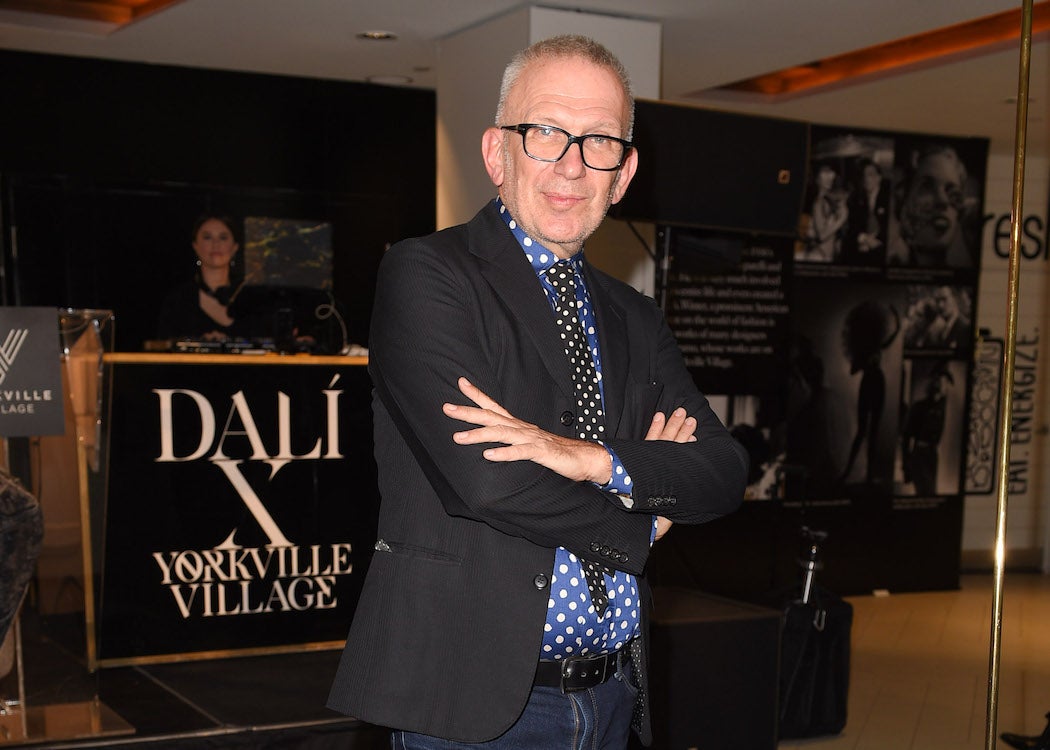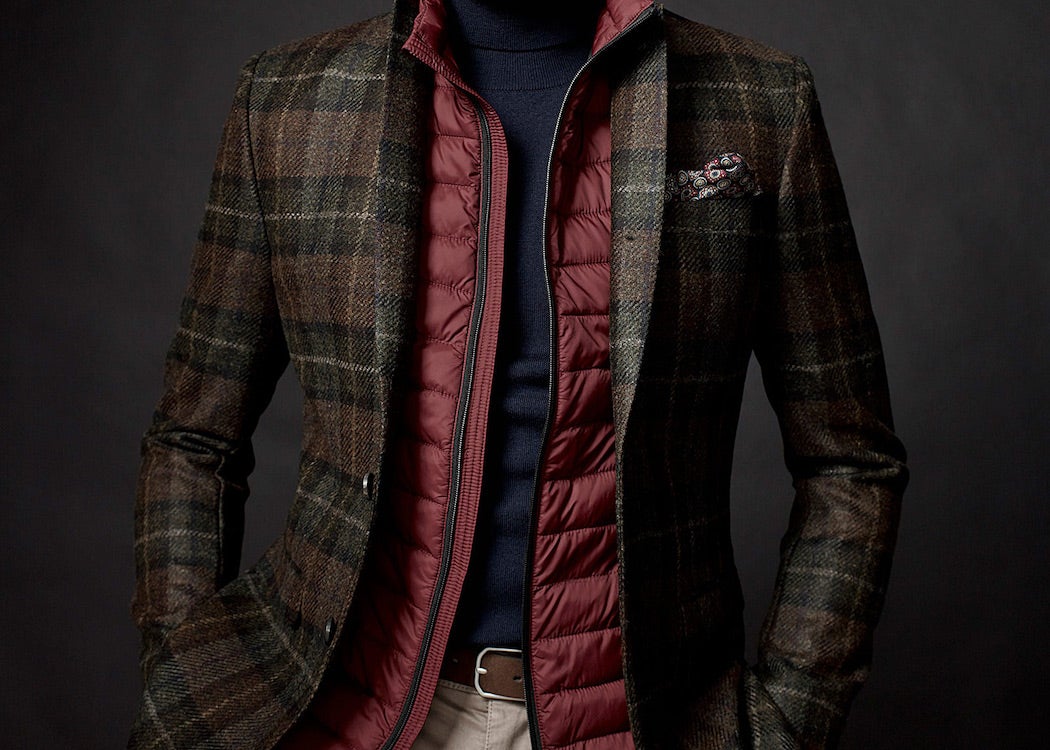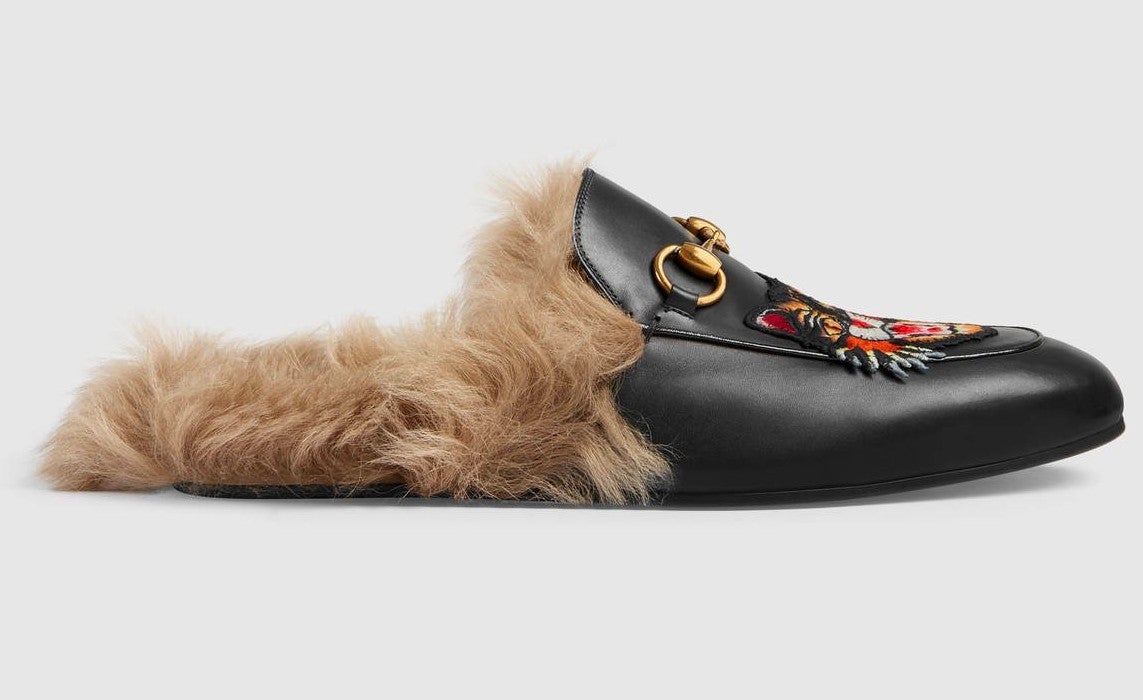He didn’t stage a runway show or participate in a live talk, but the spirit of Salvador Dali made a surprise cameo appearance during the recent revival of Toronto Fashion Week.
While models were strutting down the catwalk in September, a selection of the surrealist artist’s paintings, sculpture and six designer dresses inspired by his work were put on display in Dali x Yorkville Village. Produced by First Capital Realty in partnership with Hazelton Fine Art Galleries and The Dali Universe, the exhibit included Woman Aflame, Homage to Fashion and Dalinian Dance, along with a T-shirt dress designed by Franco Moschino that paid tribute to Dali’s trademark moustache.

According to James Sanders, project manager of The Dali Universe, the artist’s interest in fashion can be traced back to the late 1930s with the debut of the “Skeleton Dress,” a collaboration with longtime friend and designer Elsa Schiaparelli.
“(That) dress has been influencing designers for nearly 80 years,” he said. “Jean Paul Gaultier’s Corset Dress, for example, drew upon the ‘internal-outside’ concept. Alexander McQueen produced his own version of the Skeleton Dress as well.”

Sanders noted even more recent examples of where Dali’s surrealist vision has popped up, such as the shell-shaped necklaces and buttons that featured strongly in the Dolce and Gabbana 2009 collection and hats made from lampshades, bicycle wheels and umbrellas from Alexander McQueen.

Why should guys care? Well, even if you’re not on top of womenswear and haute couture, Sanders pointed out that Dali was a great example of a man who wasn’t afraid to explore femininity and to see opportunities almost everywhere to push his own limits.
“He was involved in all aspects of artistic creation from painting, sculpture, design, drawing, movies, fashion. He applied the surrealist concept to everything he said and did,” he said. “If you stop anyone in the street, they will remember his moustache and most will know one of his images and icons — the soft clock, or red lips.”
In fact, some of those paintings and sculptures (or even the furniture — check out some of his crazy collaborations with designer Jean-Michel Frank) are so familiar now that it’s easy to overlook what Dali’s movement was all about. By juxtaposing ideas of sexuality, desire, violence and other concepts, Surrealists were trying to unlock the unconscious. In other words, combine fantasy and dream-images to reality — to create a “surreality.”
Today, we talk about fake news, alternative facts and “truthiness,” but surrealism was less about deception and warping what we see than opening us up to new perspectives. To Sanders, “the name Dali is magic,” but the real trick is learning from him and continuing to create things with real, long-lasting meaning.


















